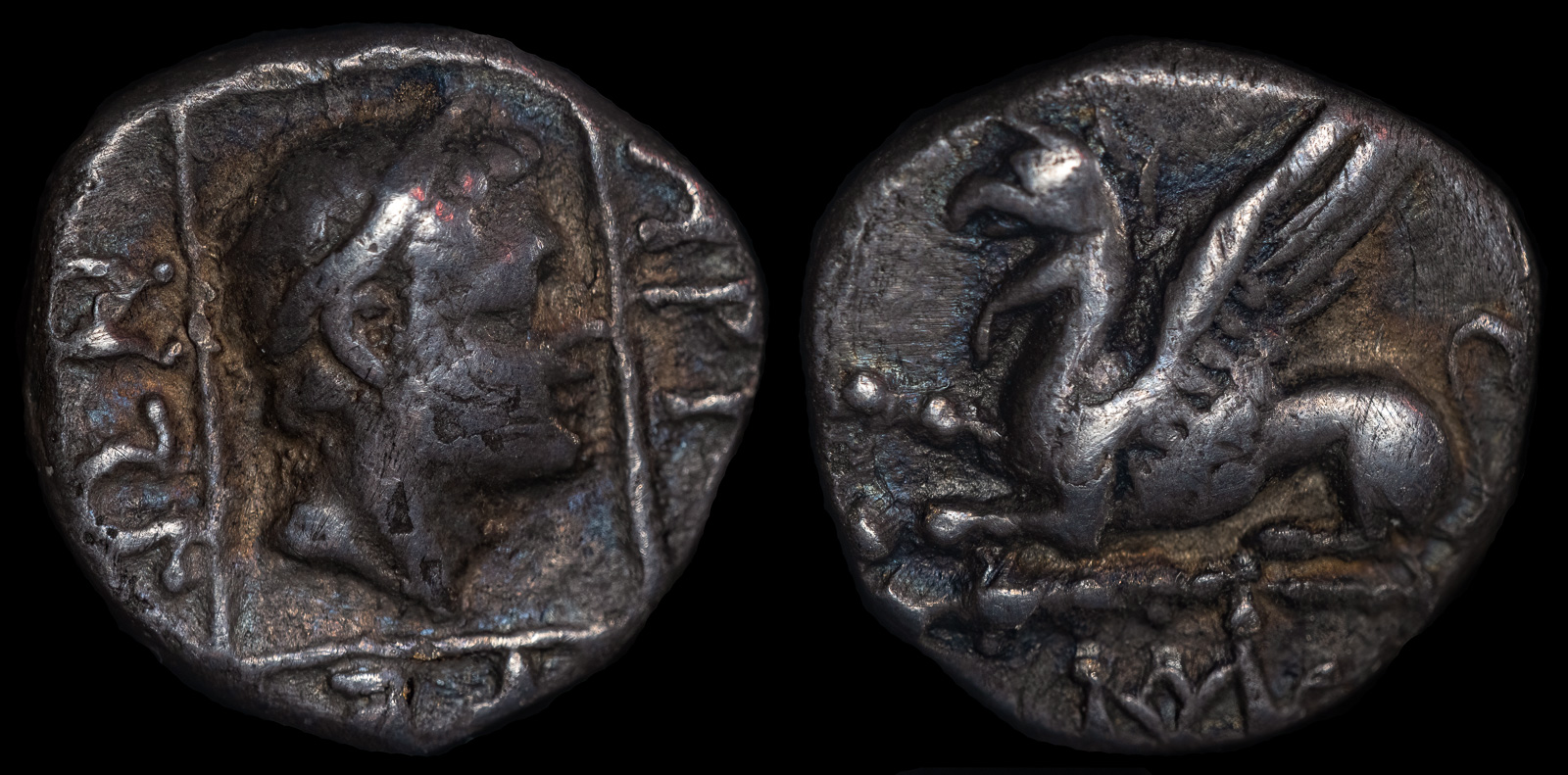Club
View All Tags
One of the most notable uses of the club on Greek coinage occurred in the city of Thebes, Herakles’ reputed birthplace. Thebes frequently depicted Herakles or his club on its coins to highlight its connection to the hero. In this context, the club symbolized not only the city’s pride in its mythological heritage but also its aspirations to embody the strength and courage of its legendary son. The club’s depiction could also invoke Herakles’ role as a protector, lending an air of invincibility and security to the city and its people.
In other regions, such as Macedon, the club became closely associated with the ruling dynasty. Coins issued by King Philip II and his son Alexander the Great often featured Herakles and his attributes, including the club, as part of their iconography. For Alexander, the club was more than a nod to Greek mythology; it was a deliberate symbol of his divine lineage and his role as a conqueror akin to Herakles. The club thus reinforced the idea of Alexander as a hero-king destined for greatness, invoking Heraklean strength and resilience as he expanded his empire.
The club also appeared on coins alongside other symbols of Herakles, such as the Nemean lion’s skin, further emphasizing his heroic deeds. In such cases, the club was not only a weapon but a tool of justice, wielded by Herakles to defeat monsters and restore order. This association made it a powerful emblem of triumph over chaos, appealing to city-states and rulers seeking to project an image of strength and stability.

Abdera, Thrace 311-280 BCE
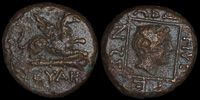
Abdera, Thrace 311-280 BCE

Abdera, Thrace 311-280 BCE
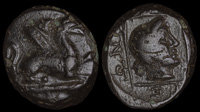
Abdera, Thrace 311-280 BCE

Abdera, Thrace 311-280 BCE
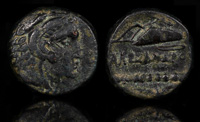
Androkles of Amathos 325-323 BCE

Antissa, Lesbos 250-167 BCE

Archelaos 36 BCE – 17 CE
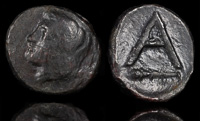
Argos, Argolis 400-350 BCE
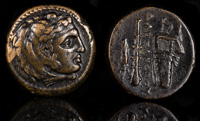
Asandros 323-319 BCE
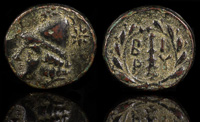
Birytis, Troas 4th-3rd cent BCE

Choma, Lykia ca 1st century BCE
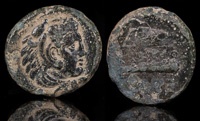
Erythrai, Ionia 4th century BCE
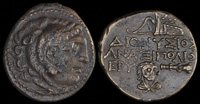
Erythrai, Ionioa 275-220 BCE
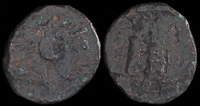
Euhesperides, Kyrenaic. 322-313 BCE
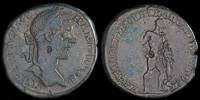
Farnese Herakles 217-218 CEThe Farnese Herakles is the most famous statue of Herakles.

Gordian III 238-244 CE

Herakleia Trachineia, Thessaly 370-344 BCE
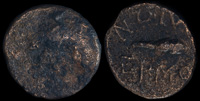
Hermocapelia, Lydia 3rd-2nd centuries BCE

Hyspaosines 124/3 BCE
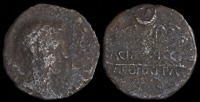
Juba II w/ Kleopatra Selene 8-15 CE
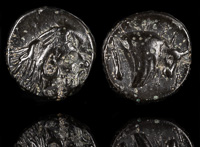
Karystos 350 BCE
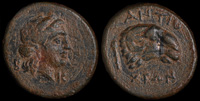
Kebren, Troas 281-261 BCE
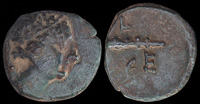
Keraitai, Pisidia 100-70 BCE

King Monounios of Illyria, 305-275 BCE
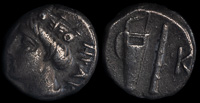
Klearchos 364-352 BCE
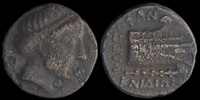
Knidos, Caria 300-200 BCE
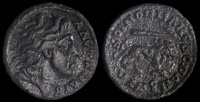
Koinon of Macedon 238-244 CE
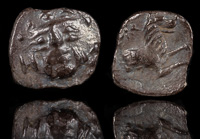
Laranda (Lykaonia) 324/323 BCE

Lion Advancing with club 231-235 CEMost of the Koinon of Macedon coins were minted roughly ten years later than this one.

Lion Advancing with club 238-244 CE
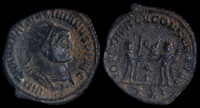
Maximianus 285-295 CE
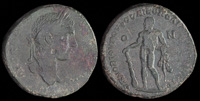
Nikopolis ad Istrum 218-222 CE
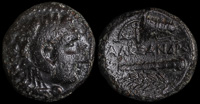
Pasikrates of Kourion, 325 BCE
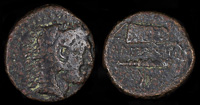
Pasikrates of Soloi 330-310 BCE

Peithon son of Agenor 317-311 BCE
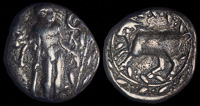
Phaistos, Crete 330-320 BCE
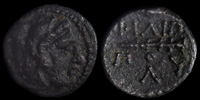
Philip II 359-336 BCE
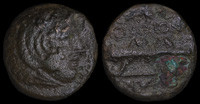
Philippi, Macedon 360-356 BCE
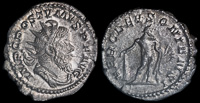
Postumus 260 CE
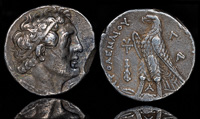
Ptolemy II Philadelphos 256/55 BCE
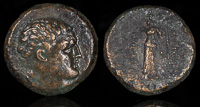
Pylaimenes 130 BCE
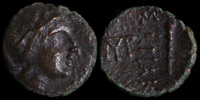
Sariakes 180-167 BCE
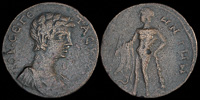
Sikyon 198-209 CE

Stratonikeia, Caria 3rd century BCE

Tauric Chersonesos, Chersonesos 300-290 BCE
